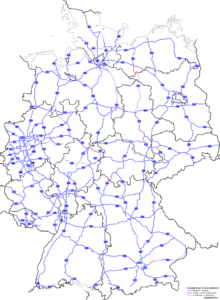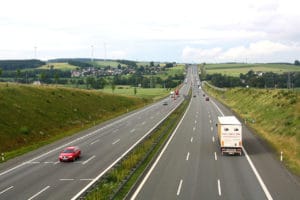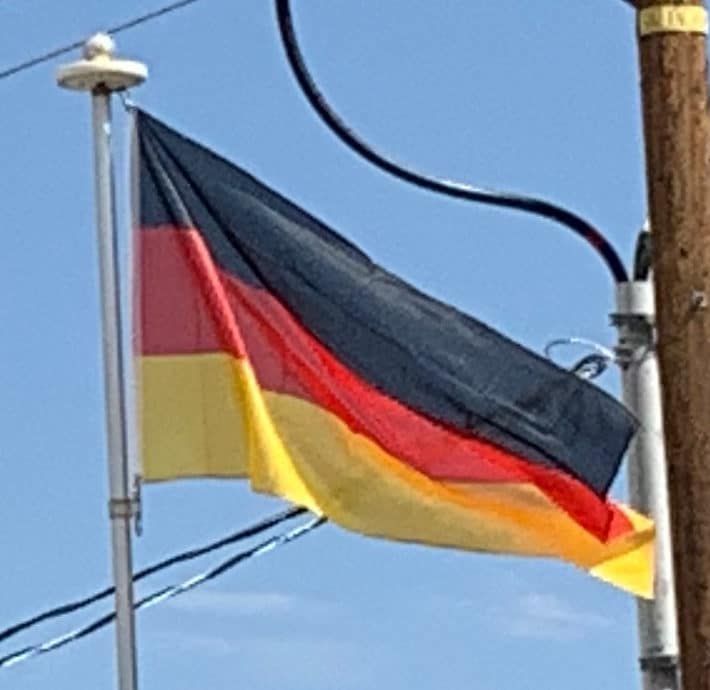
The German government has had issues with upkeep of the country’s autobahn network, having had to revamp the Eastern portion’s transport system since the unification of Germany between the German Democratic Republic (East Germany) and the Federal Republic of Germany (West Germany). With that, numerous construction projects have been put on hold in the west, and a vigorous reconstruction has been going on for almost 20 years. However, ever since the European Union formed, an overall streamlining and change of route plans have occurred as faster and more direct links to former Soviet bloc countries now exist and are in the works, with intense co-operation among European countries.
Intercity bus service within Germany fell out of favour as post-war prosperity increased, and became almost extinct when legislation was introduced in the 1980s to protect the national railway. After that market was deregulated in 2012, some 150 new intercity bus lines have been established, leading to a significant shift from rail to bus for long journeys.
The market has since consolidated with Flixbus controlling over 90% of it and also expanding into neighboring countries.
Germany has approximately 650,000 km of roads, of which 231,000 km are non-local roads. The road network is extensively used with nearly 2 trillion km travelled by car in 2005, in comparison to just 70 billion km travelled by rail and 35 billion km travelled by plane.

The Autobahn is the German federal highway system. The official German term is Bundesautobahn (plural Bundesautobahnen, abbreviated ‘BAB’), which translates as ‘federal motorway’. Where no local speed limit is posted, the advisory limit (Richtgeschwindigkeit) is 130 km/h. The Autobahn network had a total length of about 12,996 kilometres (8,075 mi) in 2016, which ranks it among the most dense and longest systems in the world. Only federally built controlled-access highways meeting certain construction standards including at least two lanes per direction are called “Bundesautobahn”. They have their own, blue-coloured signs and their own numbering system. All Autobahnen are named by using the capital letter A, followed by a blank and a number (for example A 8).
The main Autobahnen going all across Germany have single digit numbers. Shorter highways of regional importance have double digit numbers (like A 24, connecting Berlin and Hamburg). Very short stretches built for heavy local traffic (for example ring roads or the A 555 from Cologne to Bonn) usually have three digits, where the first digit depends on the region.
East-west routes are usually even-numbered, north-south routes are usually odd-numbered. The numbers of the north-south Autobahnen increase from west to east; that is to say, the more easterly roads are given higher numbers. Similarly, the east-west routes use increasing numbers from north to south.
The autobahns are considered the safest category of German roads: for example, in 2012, while carrying 31% of all motorized road traffic, they only accounted for 11% of Germany’s traffic fatalities.
German autobahns are still toll-free for light vehicles, but on 1 January 2005, a blanket mandatory toll on heavy trucks was introduced.
